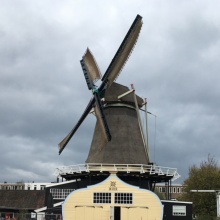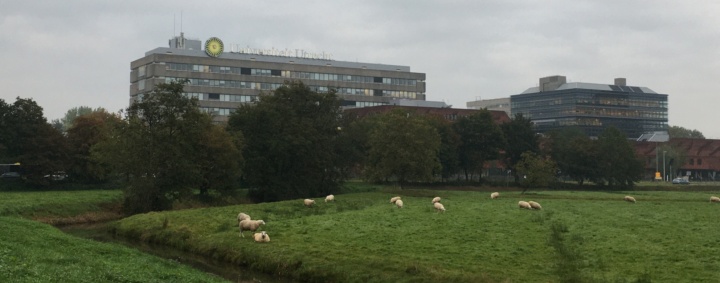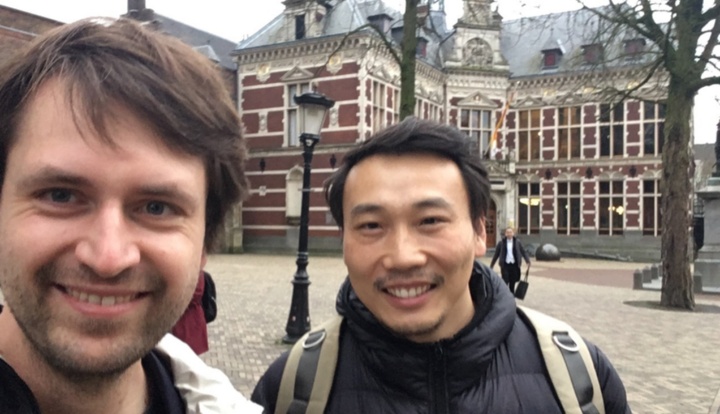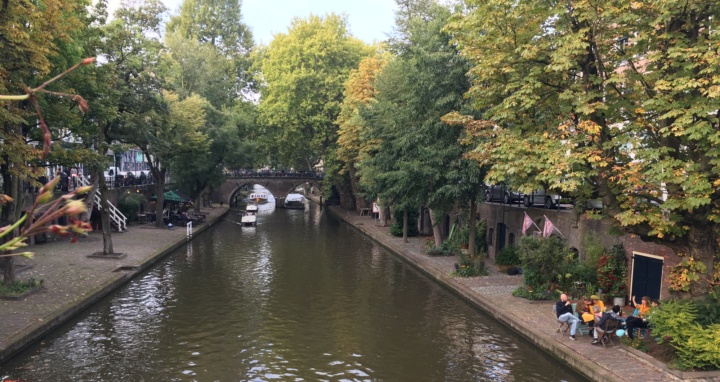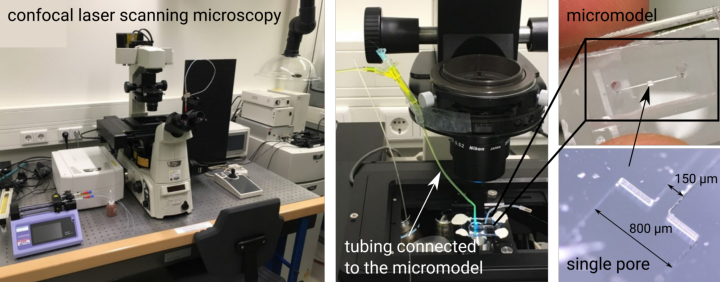SFB 1313 doctoral researcher Johannes Müller from the Institute of Aerospace Thermodynamics (ITLR) of the University of Stuttgart visited SFB 1313 external partner Amir Raoof and his team at the Utrecht University (The Netherlands) for a three-month research stay.
Johannes Müller works within the SFB 1313 research project A02 "Advanced modelling concepts for coupling free flow with porous-media flow" and is a member of the SFB 1313 Integrated Research Training Group "Interface-Driven Multi-Field Processes in Porous Media".
During his stay at the Utrecht University from 1 October to 23 December 2021, Johannes Müller planned to obtain validation data to test a volume of fluid (VOF) code, developed right before the departure to Utrecht. For this reason, one of the aims of the research stay was to conduct microfluidic experiments with different wettabilities, flow rates and fluid combinations.
Research Report
In research project A02 of the SFB 1313 different modelling approaches are developed and used to investigate two-phase flows through porous media. For the pore-scale we use the continuum based volume of fluid method for direct numerical simulations (DNS). This gives us threedimensional spatial and temporal information about processes within single pores. Currently this method is extended to take into account the influence of non-resolved surface roughness and wettability alterations of the pore walls on the dynamics of the three-phase contact line.
During the research stay, the colleagues from Utrecht made it possible to obtain experimental data for the validation of this numerical development. The expertise of the group around professor Amir Raoof regarding microfluidic experiments enabled us to use a confocal laser scanning microscope (CLSM) to visualize such experiments with the required high spatial and temporal resolution.
One benchmark experiment is to observe single pore-filling events, since they fundamentally influence the fluid flow and its distribution within the porous medium. They occur, when the flow encounters a change in cross section from the pore throat to the pore body, which is typical for porous media. To set up a suitable experiment for the comparison with the numerical calculations this type of experiment was selected and only the wettability of the pore walls was changed.
We observed that for hydrophobic walls the convex meniscus slows down, pins at an edge, pressure is build up and a sudden redistribution of the fluid in the pore body occurs, commonly known as a Haines jump. If in contrast the wall is hydrophilic, the meniscus is concave and a corner flow is running in front of it. At the edge also the meniscus slows down and bends over into a convex shape. A phenomenon recently called “capillary pressure barrier”.
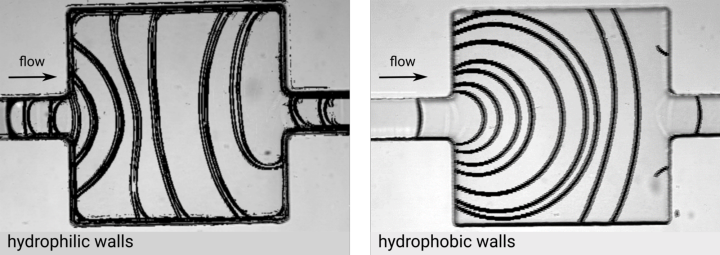
The current ongoing image analysis allows the quantitative comparison of the experiments with the calculations. Moreover, the experiments have shown that attention must be paid to the modelling of pining at corners and the consideration of thin films.
Already while conducting the experiments we started the discussion about an analytical description of such processes based on the Lucas–Washburn equation which still continues and has led to close cooperation regarding the interpretation of the obtained data. We thank Amir Raoof, Lifei Yan and Enno de Vries for their support and hospitality which gave us this valuable insights.
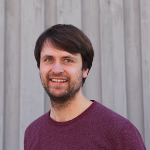
Johannes Müller
M. Sc.Doctoral Researcher, Research Project A02


